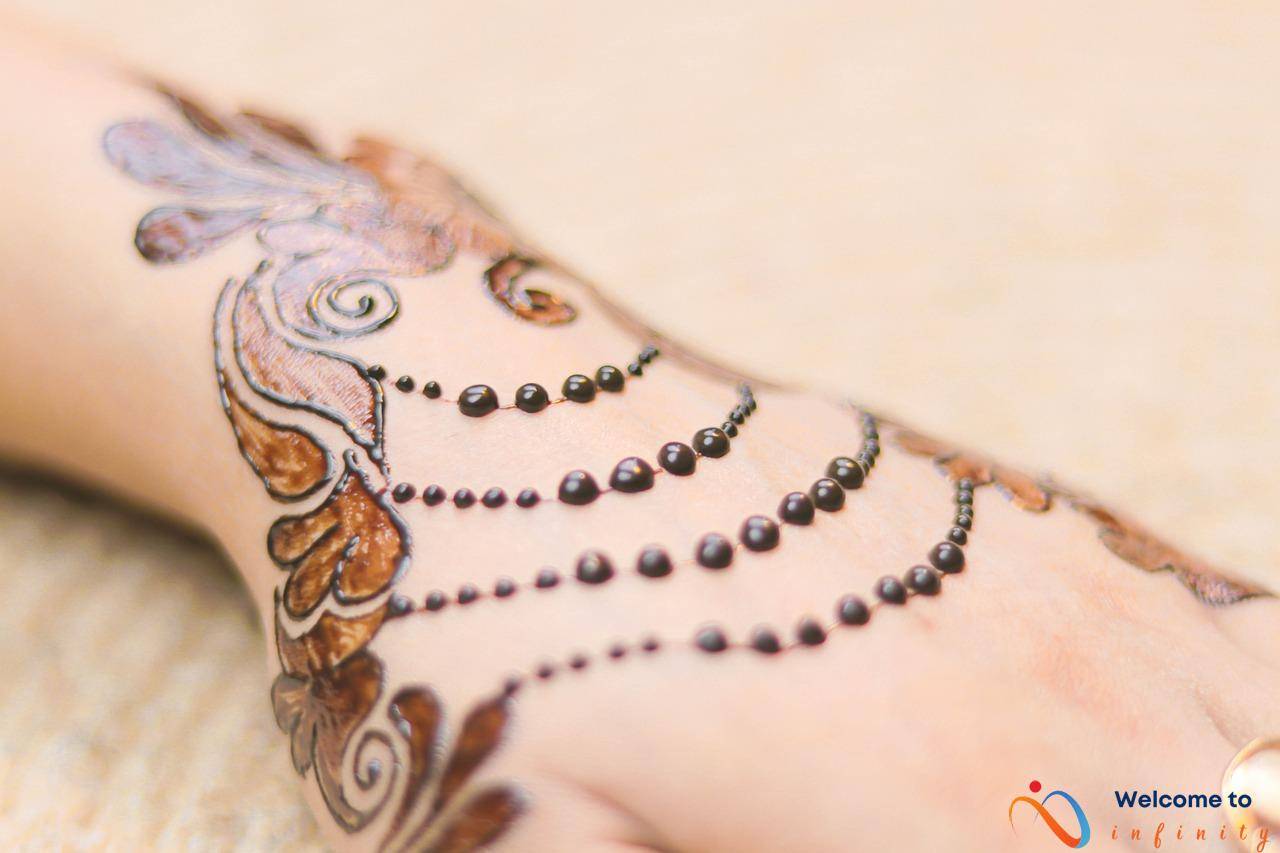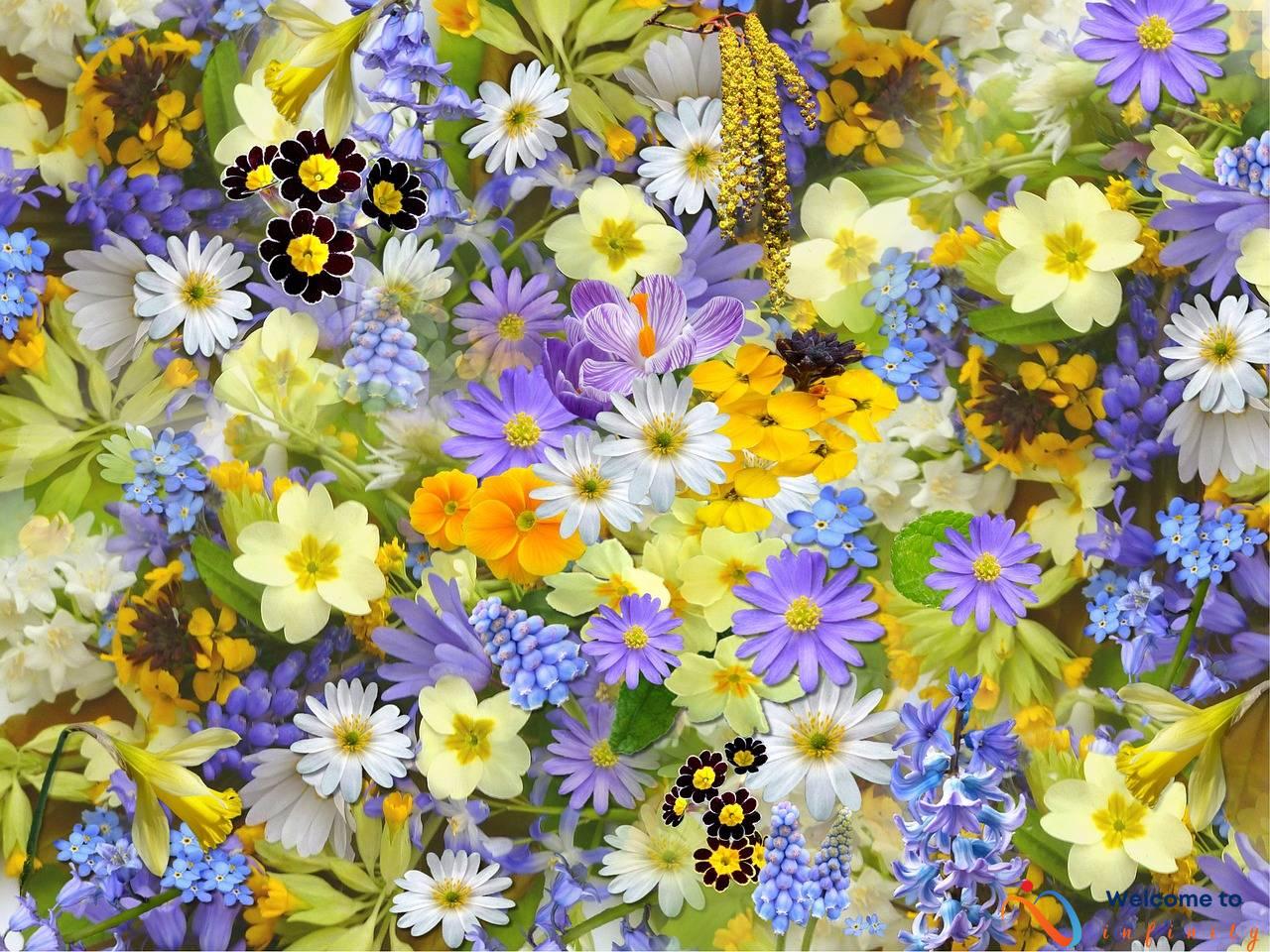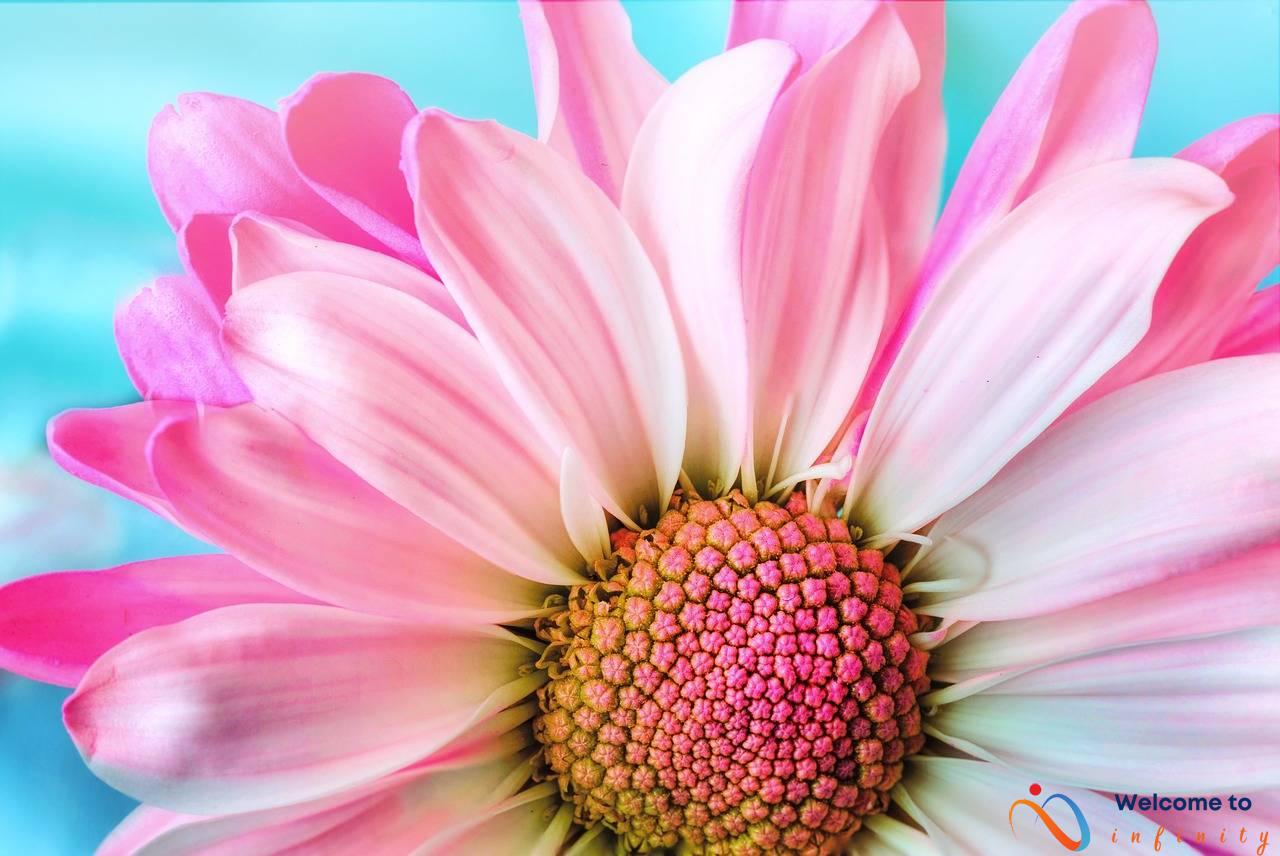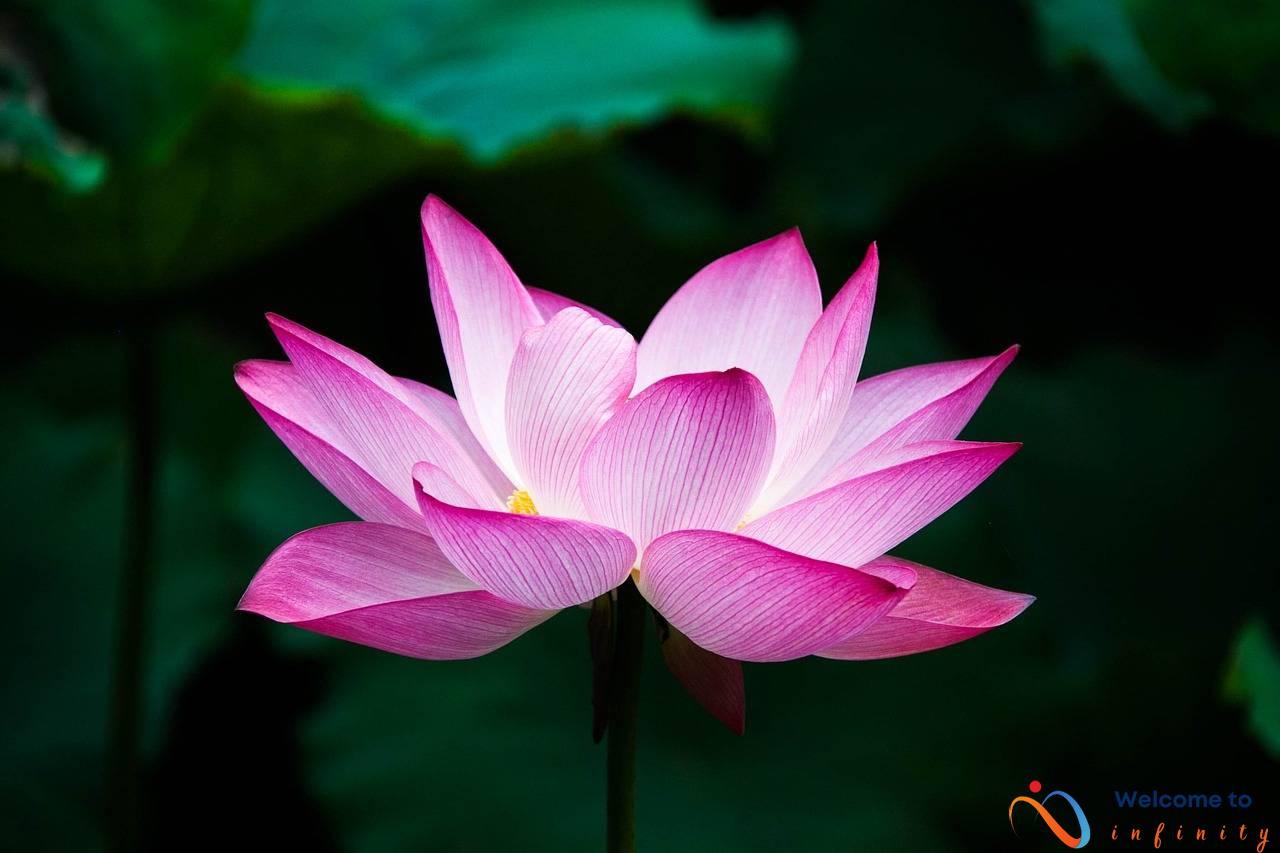Greasy hair can be frustrating and make you feel self-conscious. However, there are ways to combat it and achieve a healthier look. The first step is to understand what causes greasy hair. While excess oil production is a primary factor, it is not the only one.
Other factors that can contribute to greasy hair include genetics, diet, and stress. Once you understand the potential causes, you can take the necessary steps to reduce the oiliness and promote healthy hair.
One of the most important steps is proper hair washing techniques. using the right shampoo can help control excess oil production. Additionally, washing your hair regularly and rinsing thoroughly can help keep your hair clean and prevent oil buildup.
- Choose a shampoo specially formulated for oily hair
- Wash your hair at least every other day
- Rinse thoroughly with cool water to avoid leftover residue
Between washes, you can use dry shampoo or hair powders to absorb excess oil. Wearing a hat can also be a stylish way to conceal greasy hair while protecting your scalp from the sun. Additionally, making lifestyle changes such as eliminating high-fat foods from your diet and managing stress levels can help reduce oil production and control greasy hair.
In summary, there are several easy steps you can take to combat greasy hair. By understanding the potential causes and implementing proper hair washing techniques, using dry shampoo or hair powders, and making lifestyle changes, you can reduce oiliness and achieve healthy-looking hair.
Understanding the Causes of Greasy Hair
Greasy hair is a common problem that affects people of all ages and genders. While the most common cause of greasy hair is excess oil production, other factors can also contribute to this problem.
Genetics can play a role in the production of excess oil on your scalp. If your parents or grandparents have oily hair, there is a higher likelihood that you will also experience this problem.
Diet can also be a factor in the production of oily hair. Eating a diet high in fat and processed foods can stimulate the production of oil on your scalp. Therefore, incorporating more protein and vegetables into your diet may help to reduce oil production.
Stress can also contribute to the production of oily hair. Stress can impact the hormones that control oil production on your scalp, leading to an increase in oil production.
If you are struggling with greasy hair, it's important to understand the underlying causes so that you can take steps to manage it effectively. Identifying the factors that contribute to oily hair can help you to make necessary changes to your lifestyle and hair care routine.
Washing Your Hair Properly
If you want to get rid of greasy hair, it's important to start with proper washing techniques. Here are a few things you should keep in mind:
One of the most important steps in washing your hair is choosing the right shampoo. Look for shampoos that are specifically designed for oily hair, as they can help control excess oil production. Additionally, avoid using too much shampoo, as this can strip your scalp of its natural oils, causing it to produce even more oil. A dime-sized amount of shampoo should be sufficient for most hair types.
While it's important to avoid over-washing your hair, regular washing can help reduce oil buildup. Try to wash your hair at least every other day, and more frequently if you exercise or live in a hot, humid climate.
After shampooing, it's crucial to rinse your hair thoroughly with cool water. This will help to remove any leftover shampoo or conditioner residue, which can contribute to greasiness. Additionally, cool water helps to close your hair follicles, preventing excess oil production.
By following these tips, you can improve the health and appearance of your hair, while reducing oil production.
Choosing the Right Shampoo
The right shampoo can make all the difference in managing greasy hair. When choosing a shampoo, look for one that is specifically formulated for oily hair. These shampoos contain ingredients that help to control excess oil production on the scalp.
Reading the shampoo label carefully is crucial to ensure it is suitable for your hair type. Avoid shampoos that contain heavy oils or silicones, as these ingredients can weigh down your hair and make it appear greasy. Instead, look for shampoos that contain natural ingredients like tea tree oil, peppermint, and citrus extracts that help to purify and clarify the scalp.
If you have really oily hair, it can be helpful to use a clarifying shampoo once a week to remove any buildup and give your hair a fresh start. These shampoos contain stronger ingredients that penetrate the hair shaft and remove all the impurities and buildup that can cause greasy hair.
Remember, do not over-shampoo your hair as it can strip away natural oils and cause your scalp to produce more oil. Wash your hair only when it's needed and use a gentle, circular motion to massage the shampoo onto your scalp. Rinse your hair thoroughly with cool water to avoid any leftover shampoo or conditioner residue that can contribute to greasiness.
Washing Your Hair Regularly
When it comes to managing greasy hair, washing your hair regularly is one of the most important steps you can take. By washing your hair every other day, you can help to prevent excess oil buildup on your scalp and keep your hair looking fresh and clean.
When washing your hair, it's important to use the right shampoo for your hair type. For oily hair, look for shampoos that are specially formulated to remove excess oil and leave your hair feeling clean and refreshed. Be sure to massage the shampoo into your scalp to help remove any buildup of oil or dirt.
After shampooing, make sure to rinse your hair thoroughly with cool water to remove all traces of the shampoo. Leaving shampoo residue on your hair can contribute to greasiness, so take the time to rinse thoroughly. If your hair tends to be on the oily side, it's also important to avoid using heavy, oily conditioners that can weigh your hair down and contribute to greasiness.
In addition to washing your hair regularly, it's also important to be gentle with your hair. Avoid pulling or tugging on your hair when brushing or styling it, as this can stimulate oil production on your scalp. Instead, use a wide-toothed comb or brush to gently remove tangles and knots.
- Wash your hair every other day with a shampoo specifically formulated for oily hair.
- Massage the shampoo into your scalp to remove buildup of oil and dirt.
- Rinse thoroughly with cool water to remove all traces of the shampoo.
- Avoid using heavy, oily conditioners that can weigh down your hair and contribute to greasiness.
- Be gentle when brushing or styling your hair to avoid stimulating oil production on your scalp.
Rinsing Thoroughly
Rinsing your hair thoroughly is an essential step in reducing greasy hair. When washing your hair, make sure you use cool water to rinse it out. The cool water helps to close the hair cuticles, preventing any leftover shampoo or conditioner residue from sticking to your hair and causing greasiness.
In addition to using cool water, it's important to massage your scalp while rinsing thoroughly. This helps to remove any excess oil buildup on your scalp. You can also use a wide-tooth comb to help distribute the shampoo and conditioner evenly throughout your hair while rinsing.
If you find that your hair is still feeling oily after rinsing, try using a clarifying shampoo once a week. Clarifying shampoos are specially formulated to remove buildup and excess oil from your hair. However, be cautious when using clarifying shampoos, as they can be harsh and strip your hair of its natural oils if used too frequently.
Another helpful tip for rinsing is to avoid using hot water. Hot water can strip your hair of its natural oils, causing your scalp to overcompensate by producing more oil. This can lead to even greasier hair. Stick to cool water and you'll notice a significant difference in the oiliness of your hair.
Overall, rinsing thoroughly with cool water is an important step in reducing greasy hair. By following these simple tips, you can have healthy-looking, beautiful hair that is free from oil and grease.
Caring for Your Hair in Between Washes
Dry shampoo, hair powders, and hats are all great ways to manage oily hair in between regular washes. These tools will help absorb excess oil while giving your hair a fresh new look. Here are some tips for using each of these tools:
- Dry Shampoo: This is a powder that you can apply to your hair to absorb any excess oil. Simply spray or sprinkle the powder on your scalp and massage it in. Let it sit for a few minutes and then brush out the excess powder. Voila! Fresh-looking hair in just a few minutes.
- Hair Powder: This is similar to dry shampoo, but with a more specific function. Hair powders are designed to add volume to your hair while soaking up oil. Apply the powder to your roots and work it in with your fingers.
- Hats: Sometimes the best thing you can do for your hair is to cover it up. Hats are a fun and stylish way to conceal greasy hair while also protecting your scalp from harmful UV rays. There are so many styles and types of hats to choose from, so find one that suits your style and rock it!
Remember, these tools should be used in between regular washes. While they can be a lifesaver in a pinch, they should not be relied upon as a substitute for regular hair washing. Keep your hair healthy by washing it regularly, using the right shampoo, and following the proper hair care routine.
Using Dry Shampoo or Hair Powder
If you don't have the time or energy to wash your hair, dry shampoo and hair powders can be your lifesaver. These products can help absorb excess oil, leaving your hair looking fresh and voluminous.
Dry shampoo usually comes in a spray or powder form and can be applied directly to the roots of your hair. Massage it into your scalp and let it sit for a few minutes. Then, use a brush to distribute the product evenly throughout your hair. Dry shampoo can be used in between washes to extend the life of your hairstyle.
Hair powders work in a similar way to dry shampoo but have a finer texture. They can be used to add volume and texture to your hair. Hair powders can also be used to absorb oil and grease from hair. Apply the powder to your roots or anywhere else that needs volume. Again, using a brush to distribute it evenly will give you better results.
If you don't have dry shampoo or hair powder, you can make your own using household items. For example, cornstarch or talcum powder can be used as a substitute for hair powder. Apply it to your roots and brush through to absorb excess oil.
Keep in mind that dry shampoo and hair powder should not be used as a substitute for regular washing. Overuse of these products can lead to product buildup and actually cause more oil production. Use these products sparingly, and always follow the instructions on the label.
Wearing a Hat
Hats can be a lifesaver when you're struggling with greasy hair. They can help to disguise oily roots and make your hair appear fresher than it actually is. Plus, they have the added bonus of protecting your scalp from the harsh sun rays, which can damage your hair and cause sunburn.
When choosing a hat, opt for one that compliments your style and face shape. Baseball caps are perfect for casual outfits, while fedoras can add a touch of sophistication to any look. If you're not a fan of hats, try a headscarf or a hairband instead. They can provide the same benefits as hats while adding a fun and trendy touch to your outfit.
It's important to note that while hats can be a great solution for greasy hair, they shouldn't be relied on every day. Wearing a hat for extended periods of time can trap heat and moisture on your scalp, making your hair even oilier than before. Instead, use hats as a temporary fix and make sure to give your hair a break from them every once in a while.
When it comes to washing your hats, it's best to follow the care instructions on the label. Most hats can be hand washed with a mild detergent and air-dried. Avoid putting them in the dryer or using high heat, as this can cause shrinkage or damage to the material. If you're unsure about how to clean your hat, take it to a professional cleaner or consult a hat specialist.
Overall, wearing a hat can be a fun and fashionable way to conceal greasy hair and protect your scalp from the sun. Just remember to use hats as a temporary solution and give your hair a break from them when needed.
Making Lifestyle Changes
If you're struggling with greasy hair, making some lifestyle changes can be helpful in managing the oiliness. One of the most effective changes you can make is adjusting your diet. Eliminating high-fat foods and incorporating more protein and vegetables into your diet can help to reduce the production of oil.
Reducing stress can also be beneficial in managing greasy hair because stress can affect the hormones that control oil production on your scalp. Therefore, managing stress levels can help to control excess oil production and, as a result, greasy hair.
In addition to diet and stress management, regular exercise can also help to reduce oil production. Physical activity can help to increase blood flow to the scalp, which can reduce oil production and promote a healthier scalp.
To summarize, making lifestyle changes such as adjusting your diet, reducing stress, and engaging in regular exercise can all contribute to managing greasy hair. By incorporating these changes into your daily routine, you can achieve healthier-looking hair and feel more confident about your appearance.
Changing Your Diet
It's said, “you are what you eat.” – and nowhere is that more true than when it comes to your hair. From consuming too much fatty or processed foods can affect your hair, including causing it to become greasy.
Reducing your intake of high-fat foods is the first step to managing greasy hair. It's best to avoid fast food and junk food and opt for healthier options such as lean protein and vegetables. Foods that are rich in zinc and iron can also help to keep your hair healthy.
Some of the best foods to incorporate into your diet to help manage greasy hair include:
- Spinach
- Salmon
- Eggs
- Lean meats
- Low-fat dairy products
- Quinoa
- Brown rice
It's also important to stay hydrated throughout the day. Drinking plenty of water and fluids can help to flush out toxins and reduce the production of oil on your scalp.
In addition to making dietary changes, it's also recommended to take vitamin supplements to improve the health of your scalp and hair. Vitamin B6 and B12, for example, can help to reduce oil production.
By making changes to your diet and consuming healthier options, you can manage greasy hair and achieve a healthier-looking mane.
Reducing Stress
Reducing stress levels is an important step in managing greasy hair, as stress can affect the hormones that control oil production on your scalp. When you're stressed, your body produces more androgens, which can stimulate the sebaceous glands in your scalp to produce more oil. To reduce stress, try incorporating relaxation techniques into your daily routine. Deep breathing exercises, meditation, and yoga are all effective methods for reducing stress levels. Additionally, getting regular exercise and practicing good sleep hygiene can also help to reduce stress and promote overall wellbeing.
Incorporating more self-care activities into your daily routine can also be helpful in managing stress. Taking regular breaks throughout the day to do something you enjoy, such as reading a book or going for a walk, can help to reduce stress levels and promote relaxation. Additionally, spending time with friends and family and engaging in social activities can be beneficial for reducing stress and promoting a positive mood.
If you're experiencing high levels of stress that are impacting your daily life, it may be helpful to seek support from a mental health professional. They can provide you with tools and strategies to manage stress and improve your overall wellbeing.












